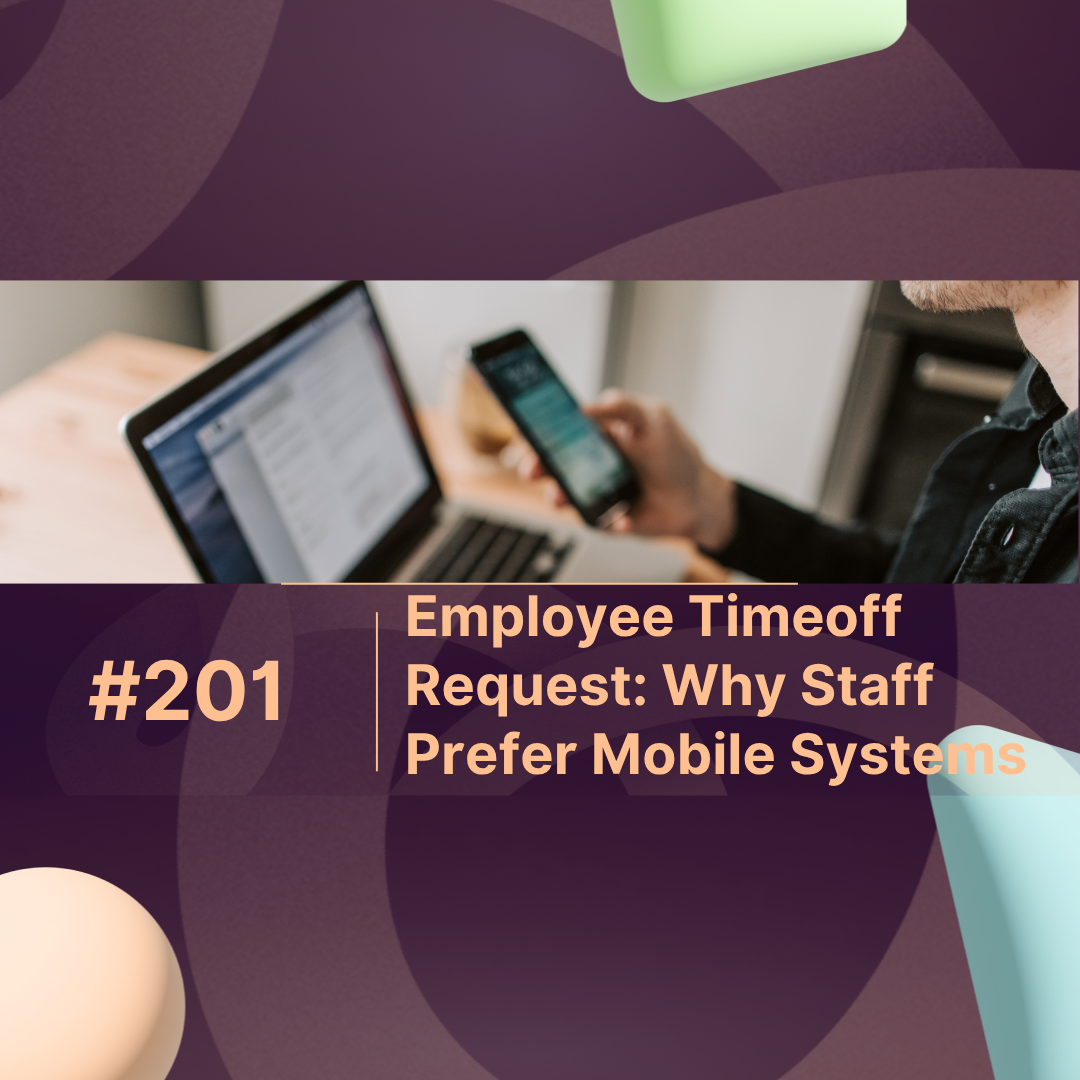Overview
In modern organizations, HR teams often spend nearly 40% of their time on administrative work. Employee self-service portals (ESS portals) automate many of these tasks, empowering employees to manage their own information, benefits, and requests. This shift not only reduces HR workload but also cuts operational costs and boosts overall efficiency.
What Are Employee Self-Service Portals?
Employee self-service portals are secure, cloud-based platforms that let employees handle HR-related activities without relying on the HR department. From updating personal data and downloading payslips to applying for leave or accessing training modules, these portals streamline interactions between staff and HR.
Modern solutions like MaxHR combine automation with AI insights to deliver personalized employee experiences while reducing repetitive HR tasks.
How Employee Self-Service Portals Reduce HR Workload
Here’s how ESS portals lighten HR’s daily load:
-
Automated Data Management:
Employees can update their profiles, contact details, or banking info directly—removing the need for manual HR data entry. -
Simplified Leave & Attendance:
Real-time dashboards help employees view leave balances and submit requests, eliminating email back-and-forth. -
Centralized Document Access:
Policies, payslips, and compliance forms are stored digitally, cutting paperwork and reducing query volume. -
Streamlined Onboarding:
Automated onboarding workflows reduce manual coordination between departments. -
Reduced Employee Queries:
Self-help FAQs and chatbots answer common HR questions instantly, freeing up HR resources.
Result: HR professionals can shift focus from admin duties to strategic initiatives such as employee engagement and talent management.
How Employee Self-Service Portals Lower Costs
By minimizing manual processes, organizations can realize significant cost savings.
| Area | Traditional HR Process Cost (Annual) | With ESS Portal (Annual) | Savings |
|---|---|---|---|
| Data Entry & Administration | $25,000 | $5,000 | 80% reduction |
| Paper & Printing | $8,000 | $1,500 | 81% reduction |
| Employee Queries Handling | $15,000 | $3,000 | 80% reduction |
| Total Estimated Savings | — | — | $38,500/year |
(Example data based on HR cost reduction benchmarks by SHRM and Deloitte.)
MaxHR, for instance, reports that clients achieve up to 60–70% fewer HR service tickets within six months of adoption.
Benefits Beyond Cost and Time Savings
-
Improved Employee Satisfaction:
Staff enjoy 24/7 access to HR tools, improving transparency and autonomy. -
Higher Data Accuracy:
When employees own their records, data errors drop by up to 50%. -
Compliance and Security:
ESS portals maintain secure digital trails, ensuring adherence to labor laws and GDPR standards. -
Scalability:
Whether you manage 50 or 5,000 employees, cloud-based systems scale effortlessly.
Case Example: How MaxHR Transforms HR Operations
Companies using MaxHR, a leading employee self-service portal, report:
-
65% less HR workload within three months
-
Up to 45% cost savings in administrative operations
-
90% employee adoption rate in the first 30 days
MaxHR integrates seamlessly with existing payroll, attendance, and compliance systems delivering analytics dashboards that track workforce trends in real time.
Why ESS Portals Are Essential in 2025 and Beyond
As hybrid work and automation dominate the workplace, HR digital transformation is no longer optional. According to Gartner’s 2025 HR Tech Forecast, over 75% of organizations will rely on employee self-service platforms as a core part of their digital HR ecosystem.
The shift isn’t just about efficiency it’s about empowering employees and enabling HR teams to act as strategic business partners rather than process managers.
Conclusion
Employee self-service portals are revolutionizing HR by automating routine processes, cutting costs, and enhancing employee experiences. Platforms like MaxHR demonstrate how digital self-service solutions can reduce HR workload, improve compliance, and drive organizational agility.
In short: less admin, lower costs, happier employees.
FAQs About Employee Self-Service Portals
1. What is an employee self-service portal?
It’s an online HR platform that allows employees to manage their data, benefits, and requests without manual HR assistance.
2. How do these portals reduce HR workload?
By automating routine processes such as leave requests, data updates, and document management—freeing HR staff for strategic tasks.
3. Are ESS portals secure?
Yes. Leading solutions like MaxHR use encryption, role-based access, and audit trails to ensure compliance and data protection.
4. Can small businesses benefit from ESS portals?
Absolutely. Even small teams save time and money by automating payroll, leave, and attendance tracking.
5. How does MaxHR compare to other solutions?
MaxHR offers a user-friendly interface, customizable modules, and analytics that optimize HR decision-making making it one of the best employee self-service portals for businesses in 2025.



